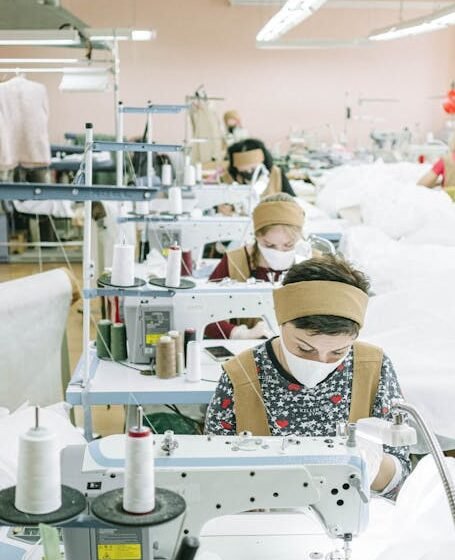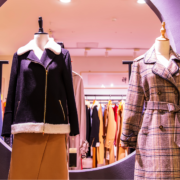The apparel manufacturing industry is navigating a complex landscape of geopolitical shifts, supply chain disruptions, and consumer demands for sustainability and speed. Three key strategies—reshoring, nearshoring, and offshoring—are shaping how brands balance cost, agility, and ethics. Here’s a breakdown of their differences, benefits, and real-world applications in today’s market.
-
Reshoring: Bringing Production Home
Definition: Relocating manufacturing operations back to the company’s home country (e.g., U.S. brands producing domestically).
Drivers:
- Supply Chain Resilience: Post-pandemic, brands prioritize control over production. Reshoring reduces dependency on distant suppliers.
- Sustainability: Shorter supply chains cut carbon emissions. For example, Prada’s Re-Nylon initiative upcycles materials in Italy, aligning with EU green mandates.
- Consumer Demand: “Made in USA” labels appeal to buyers valuing transparency and quality.
Challenges:
- Higher Costs: U.S. labor costs exceed those in Asia. Automation (e.g., LVMH’s AURA blockchain for ethical sourcing) mitigates this but requires upfront investment.
- Skill Gaps: Decades of offshoring eroded domestic manufacturing expertise.
2025 Trend: Despite incentives, reshoring faces headwinds. The Reshoring Initiative reports U.S. job gains slowed to 180,000 in 2023, with brands like Apple and Ford scaling back domestic plans due to cost hurdles.
-
Nearshoring: Proximity Over Distance
Definition: Moving production to nearby countries (e.g., U.S. brands manufacturing in Mexico).
Drivers:
- Speed-to-Market: Zara’s nearshoring to Morocco and Turkey slashes design-to-shelf time by 30%, crucial for fast fashion.
- Trade Agreements: USMCA boosts Mexico as the U.S.’s top trading partner, offering tariff savings and streamlined logistics.
- Risk Mitigation: Avoids geopolitical tensions in Asia.
Case Study: H&M’s 2024 denim line, produced in Guatemala, reduced shipping costs by 25% compared to Bangladeshi offshore factories.
Challenges:
- Cultural Barriers: Language and regulatory differences persist.
- Limited Scale: Mexico’s textile sector lacks Vietnam’s or China’s infrastructure for mass production.
-
Offshoring: The Cost-Driven Giant
Definition: Outsourcing production to distant, low-cost countries (e.g., China, Bangladesh).
Drivers:
- Labor Savings: Bangladeshi garment workers earn $120/month vs. $2,500+ in the U.S.
- Scale: Shein produces 6,000 new styles daily via its Guangzhou-based ecosystem.
Risks:
- Supply Chain Volatility: COVID-19 lockdowns caused 12-week delays for 60% of U.S. retailers in 2022.
- Ethical Concerns: Fast fashion’s environmental and labor practices face scrutiny.
2025 Shift: Despite ESG pressures, offshoring resurged as brands prioritize margins. The Interline’s 2025 survey shows 70% of apparel companies still offshore >50% of production.
Comparative Analysis
| Factor | Reshoring | Nearshoring | Offshoring |
| Cost | High labor, low logistics | Moderate | Low labor, high logistics |
| Lead Time | 2–4 weeks | 3–6 weeks | 8–12 weeks |
| Sustainability | Low carbon footprint | Moderate | High emissions |
| Risk Exposure | Low geopolitical risk | Moderate | High (tariffs, delays) |
Future Outlook: Tech and Trade Reshape Strategies
Automation: Adidas’ Speedfactory in Germany uses 3D knitting to produce shoes in 5 hours, proving reshoring’s potential with tech investment.
Circular Models: Tapestry’s “Re-Coach” upcycles 40% of leather waste, blending reshoring with sustainability.
Consumer Influence: Gen Z’s $360B spending power drives demand for ethical sourcing, favoring nearshoring in regions like Latin America.
Bottom Line
Reshoring, nearshoring, and offshoring each offer trade-offs. In 2025, success lies in diversifying supply chains: offshore for volume, nearshore for agility, and reshore for storytelling. As tariffs and tech evolve, flexibility will define apparel’s next era.





